
Konan Wisteria Festival at Mandaraji Park (Konan City): Mid-Apr–early May
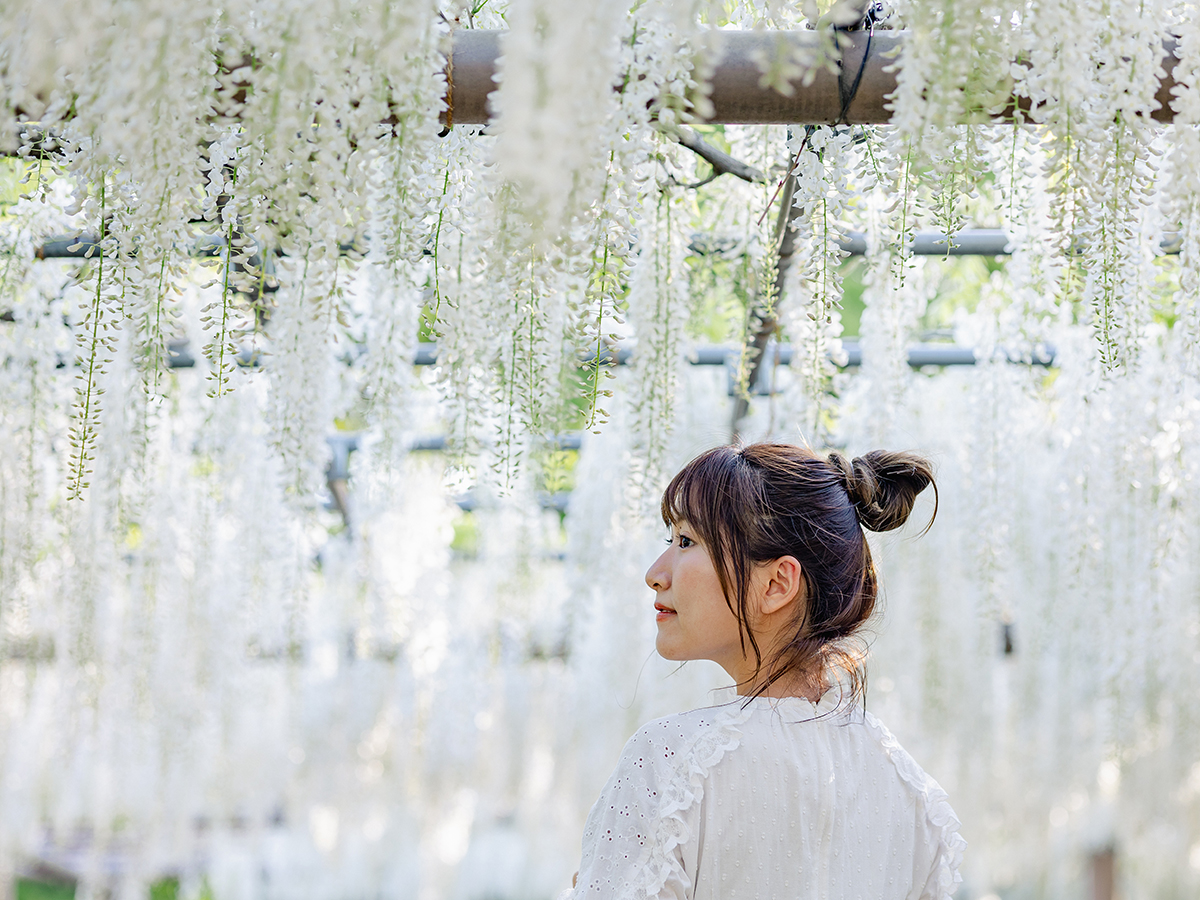
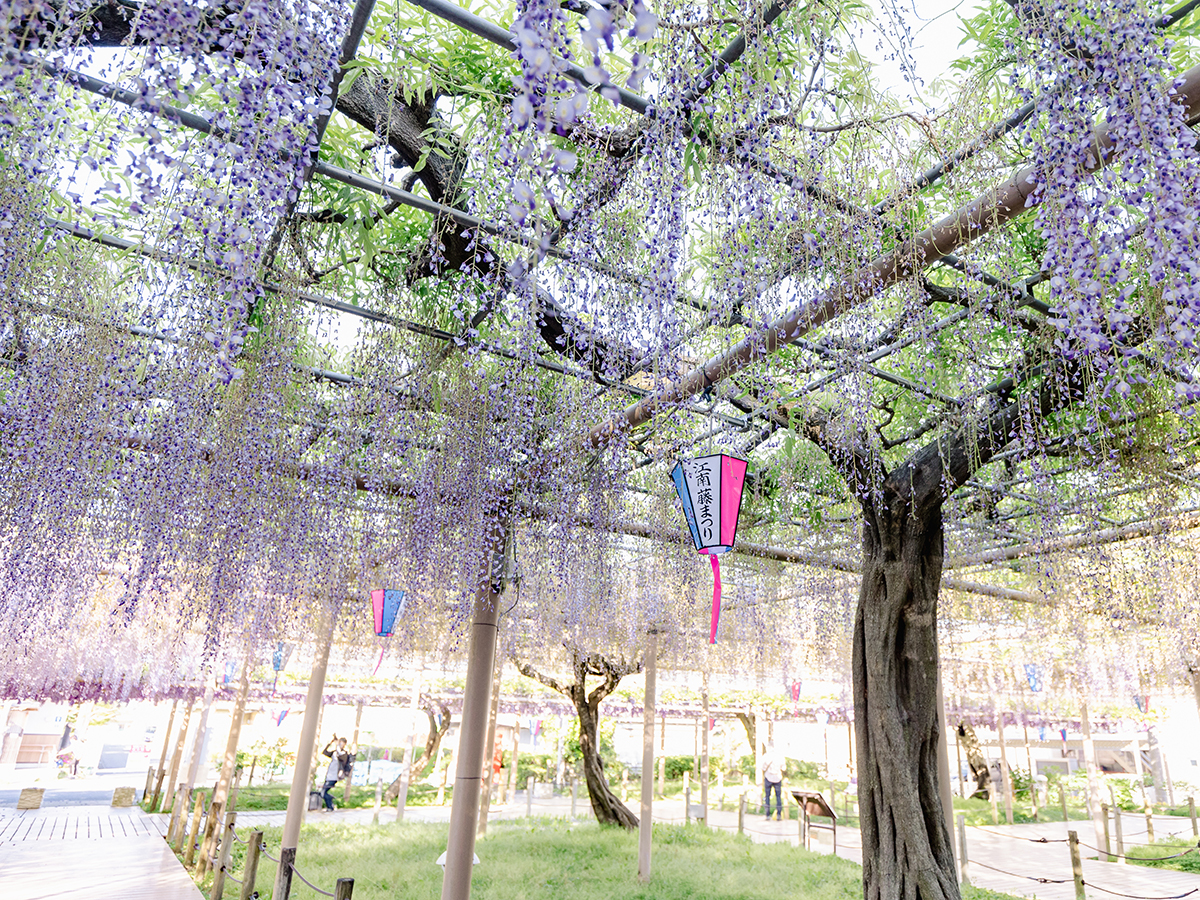
Konan CityKonan Wisteria Festival
Wondrous wisterias of all sorts of colors and shapes
The Konan Wisteria Festival takes place every year from mid-April to early May in Mandaraji Park, next door to Mandaraji Temple—an ancient and venerated temple of the Owari region. Some 60 wisteria plants of 11 varieties ranging from early- to late-bloomers wind and climb up a myriad of trellises where they bloom into stunning purples, reds, and whites. The beauty of their ever long clusters of flowers, showing their transient beauty but once a year is a poetic and asthetic marvel.
138 Tower Park's white Lady Banks' roses and baby blue eyes (Ichinomiya City): Mid-Apr–early May
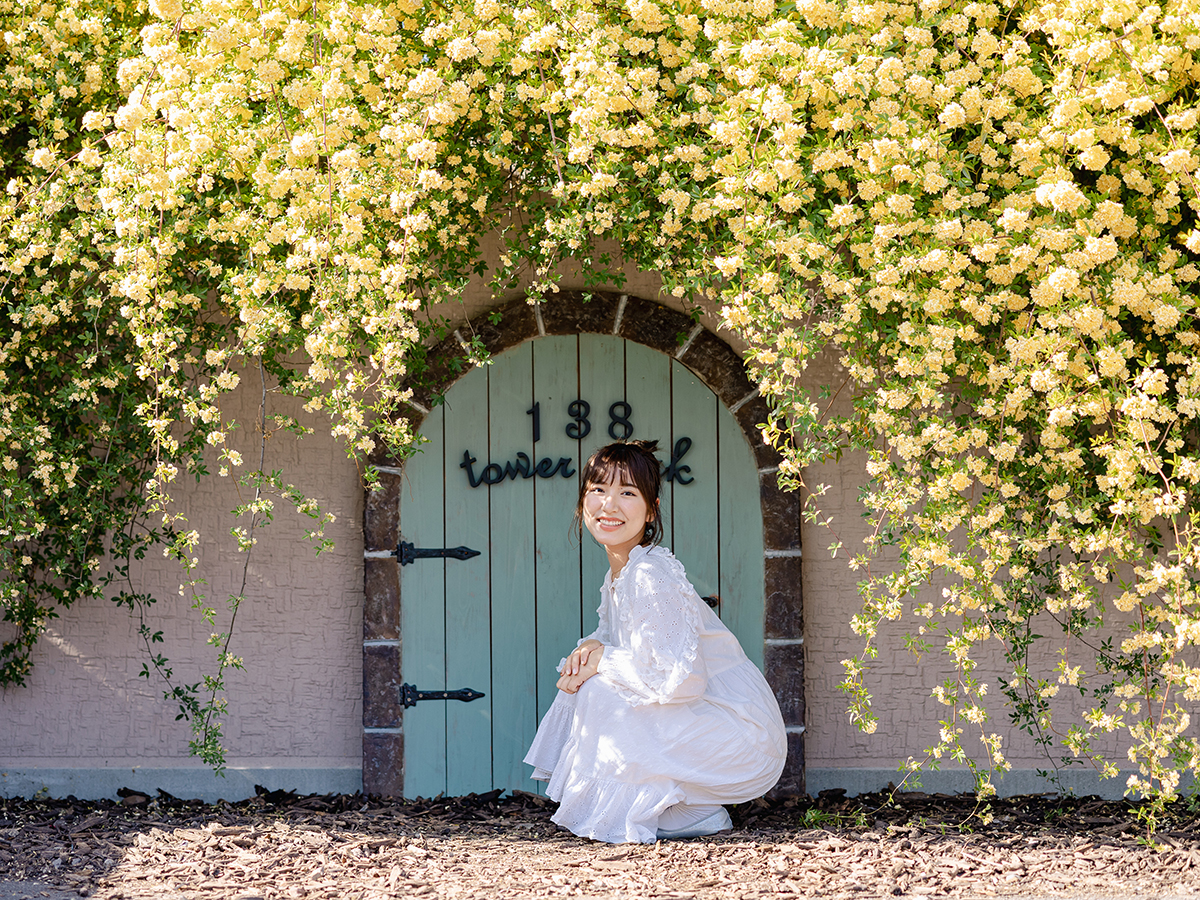
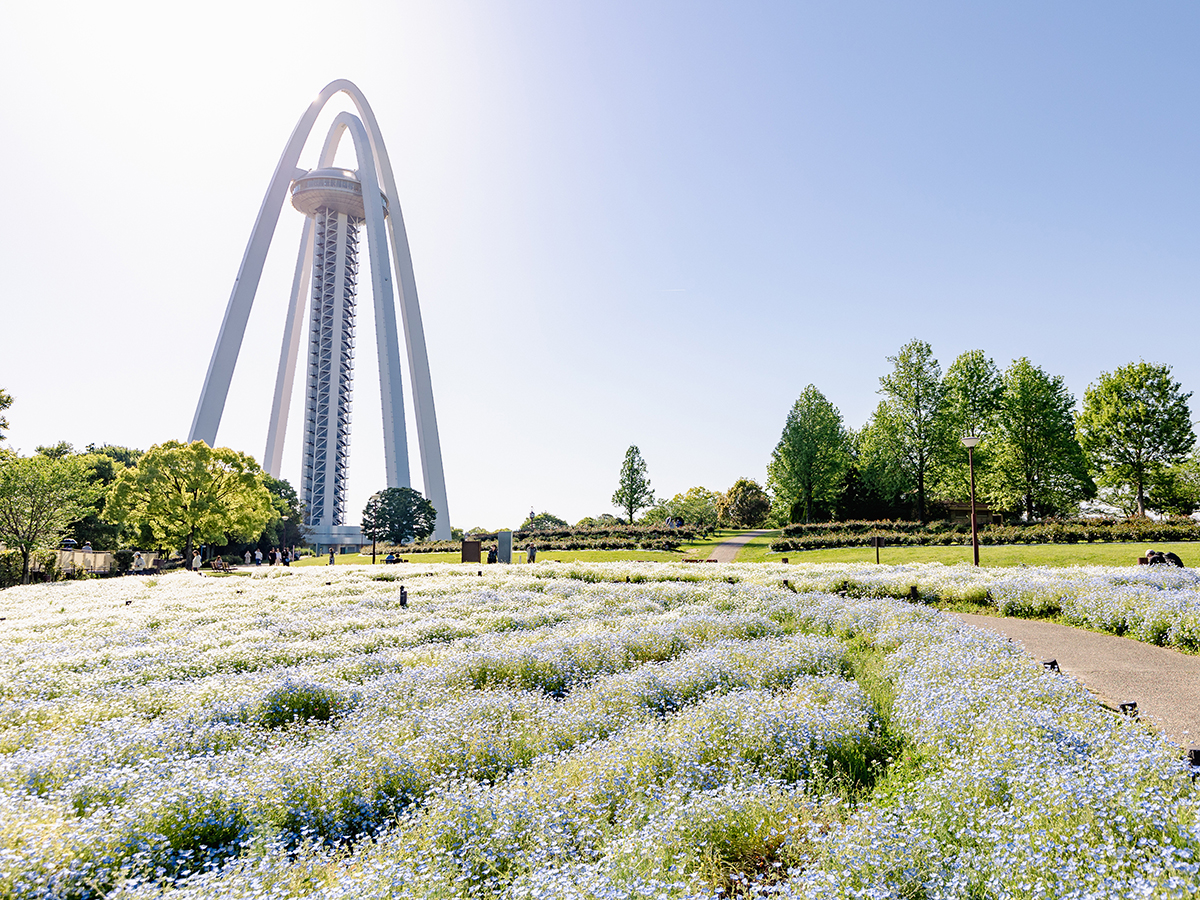
Ichinomiya City138 Tower Park
A panoramic view from 100 meters in the sky
138 Tower Park is home to the symbol of Ichinomiya's skyline: Twin Arch 138. 138 Tower Park occupies 26.4 ha of Kiso Sansen National Government Park, Japan's largest national park, spanning Aichi, Gifu, and Mie Prefectures. See roses in spring, cosmos in fall, and a variety of different botanical beauty. Gorgeous baby blue eyes too color the park in wondrous hues.
Mikawakougei Glass Art Museum (Nishio City)
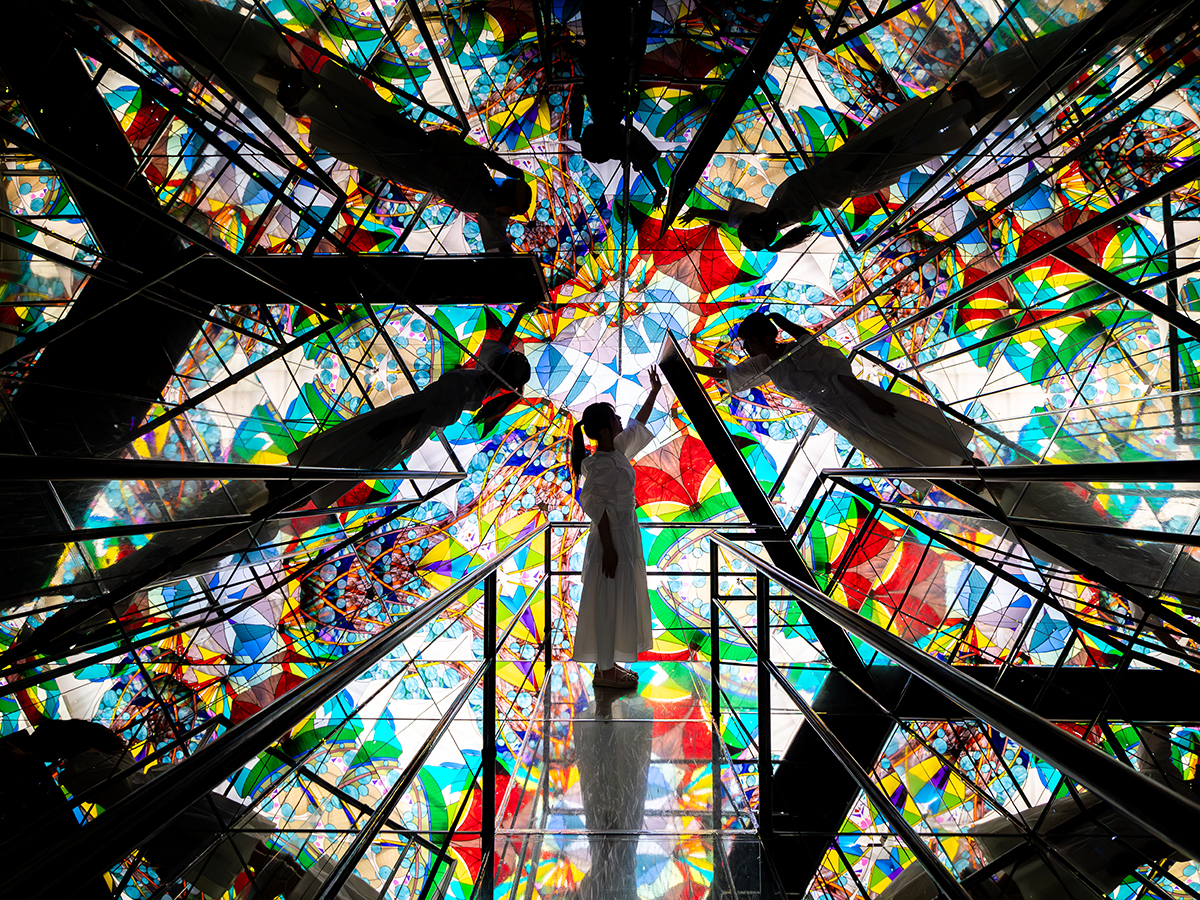
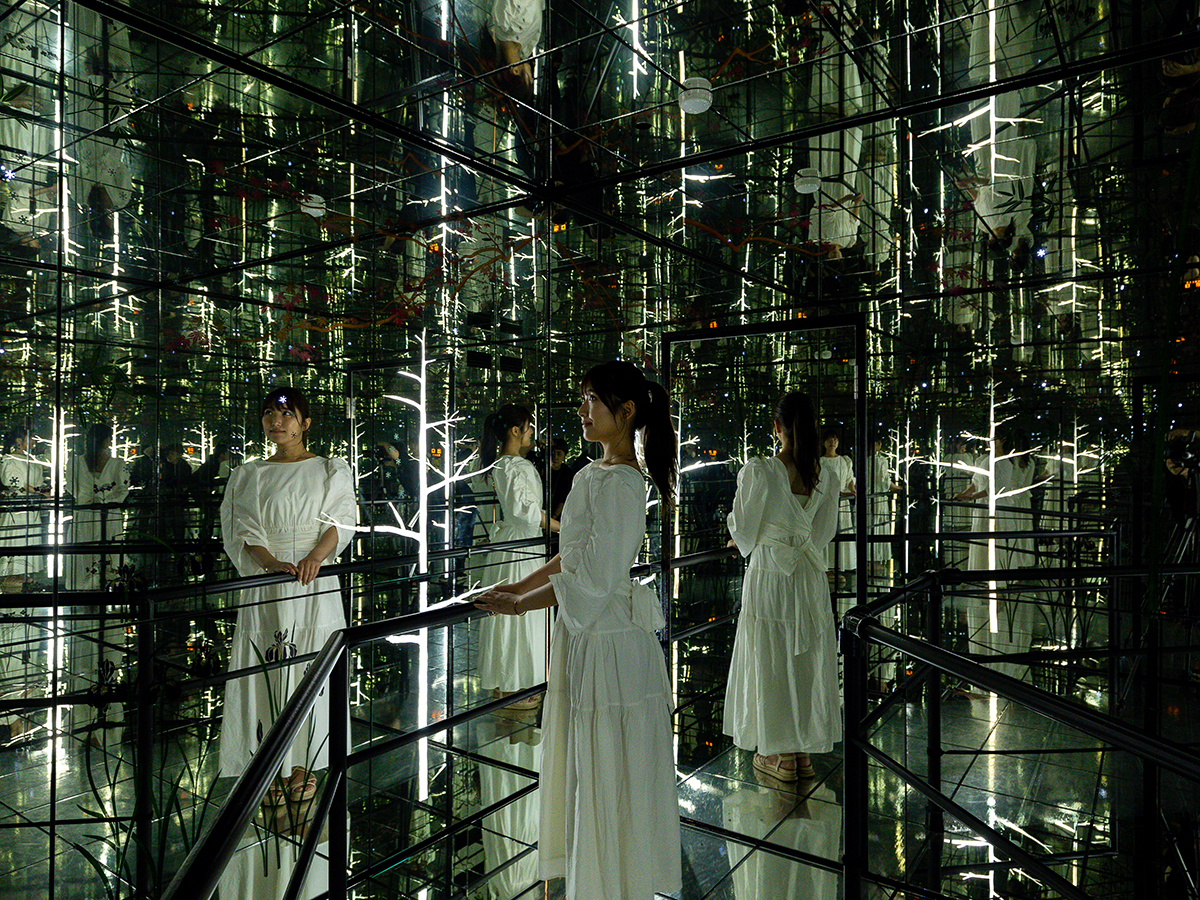
Nishio CityMikawakougei Glass Art Museum
A hands-on museum with a huge kaleidoscope
Admire original glass art at this museum, starting with a kaleidoscope which was certified in 2002 as the world’s largest at that time by Guinness World Records. The biggest attraction is the large number of works that visitors can enjoy. In a classroom on the first floor, you can experience making glass art, selecting from a wide variety of options such as stained glass or sandblasting.
Katahara Hot Spring Hydrangeas (Gamagori City): Jun
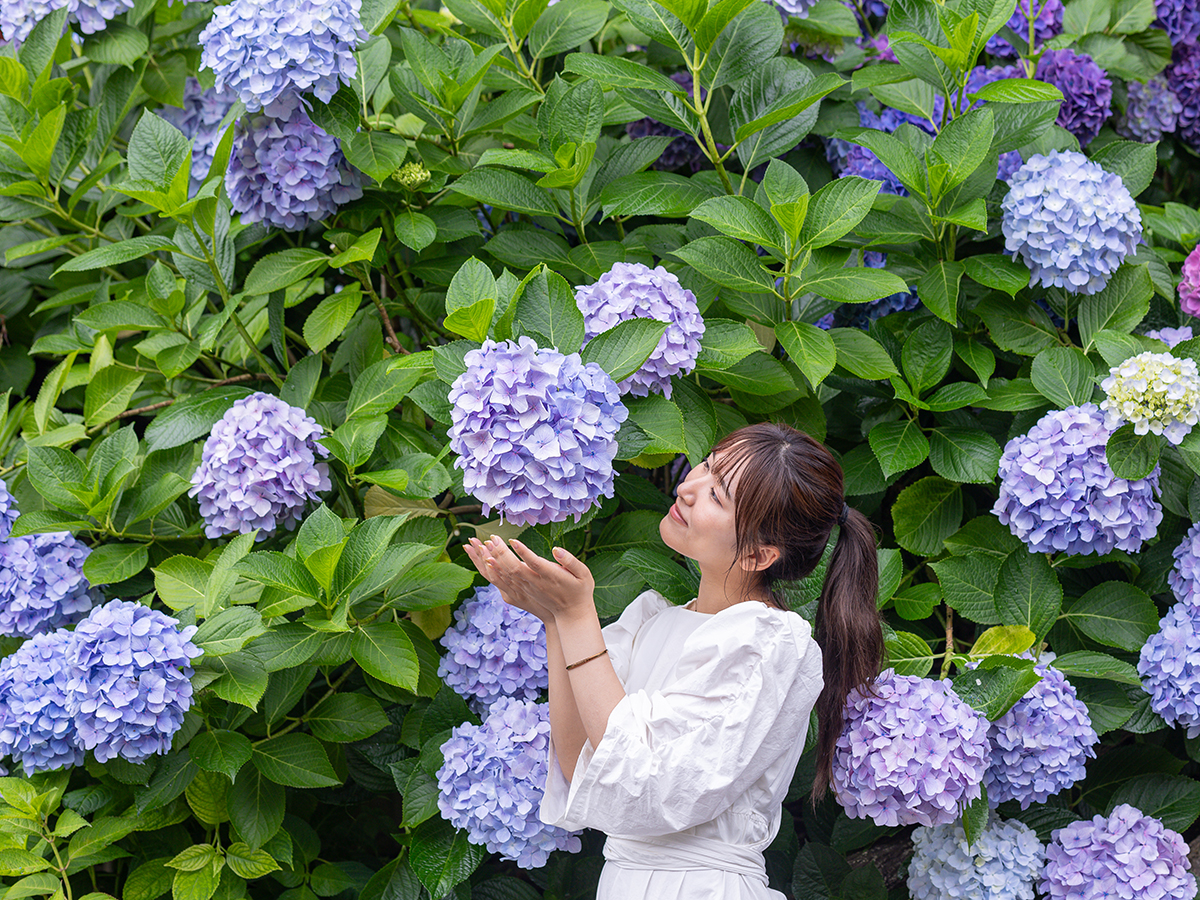
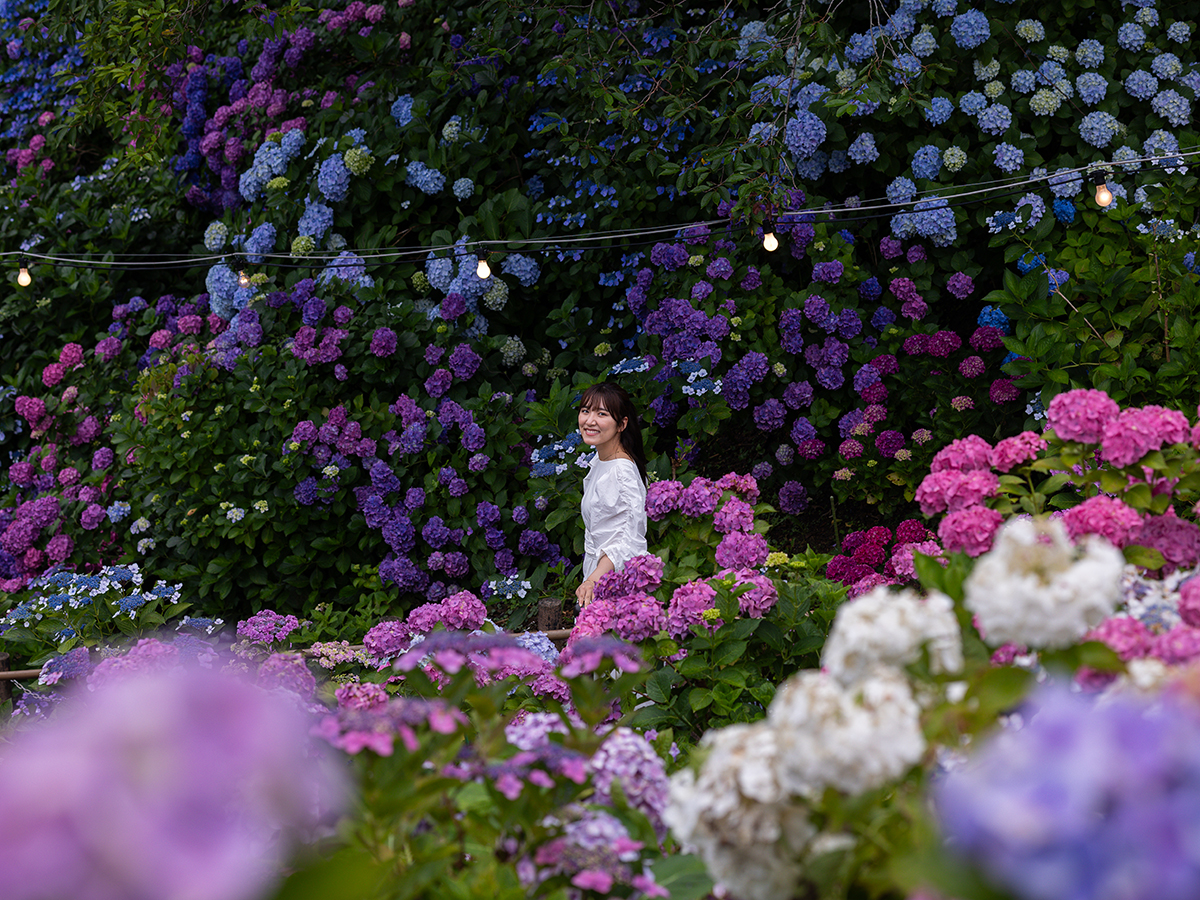
Gamagori CityKatahara Hot Spring Hydrangea Festival
Katahara is a scenic hot spring village in the coastal area of Mikawa Bay and considered locally to be one of the largest hot spring spots. It is highly regarded as the "Hydrangea Village" due to the 50,000 bushes of exuberant flowers that proudly decorate the area. The Hydrangea Festival is held on June 1 for a whole month until June 30 with the hydrangeas also artificially illuminated after dusk, steeping the place in a surreal atmosphere.
Tsuta no Fuchi Falls (Toei Town)
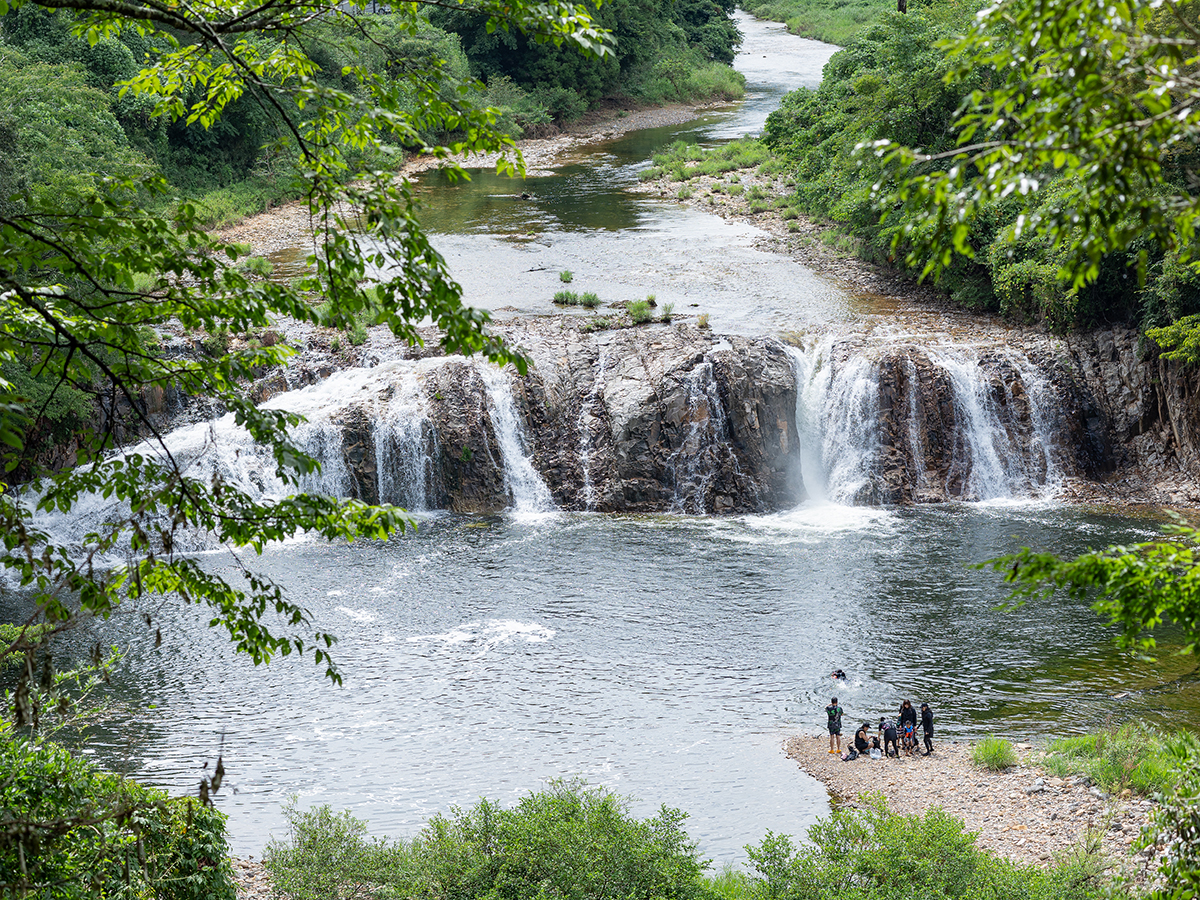
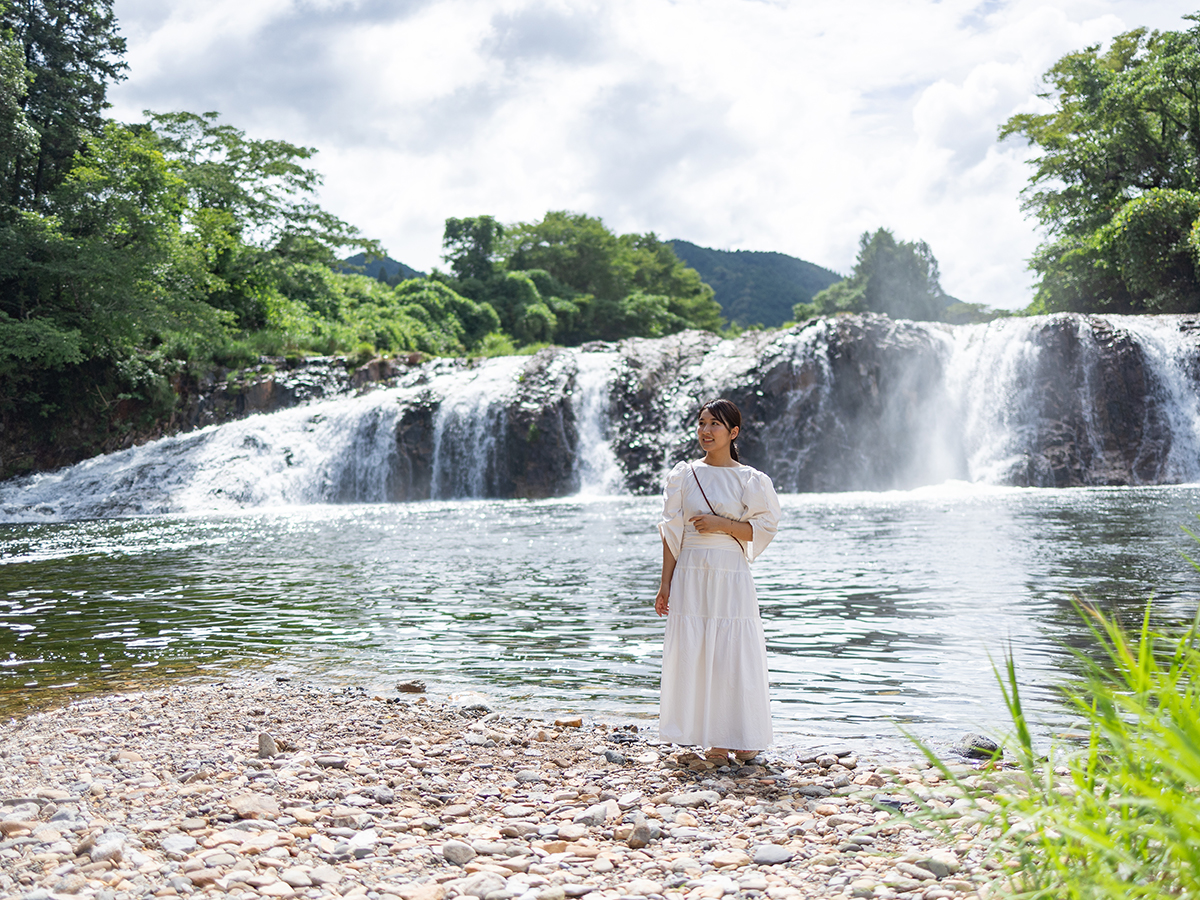
Toei TownTsuta no Fuchi Falls (Furikusa Valley) and Furikusa River
The spectacular “Okumikawa Niagara Falls”
This great waterfall that sends water from 10 meters high and 70 meters in width crashing into the Ochise River has the nickname of the “Niagara Falls of Okumikawa.” The waterfall is connected with the legend of a Dragon King, said to grant the wish of any person who rings the Dragon King Bell there. It is also said in legends that the waterfall’s stream is connected to the Dragon Palace. This natural marvel is one of the most sought attractions of the Furikusa Valley.
Mt. Chausu Highlands' Sunpatiens (Toyone Village): Mid-Jul–late Oct
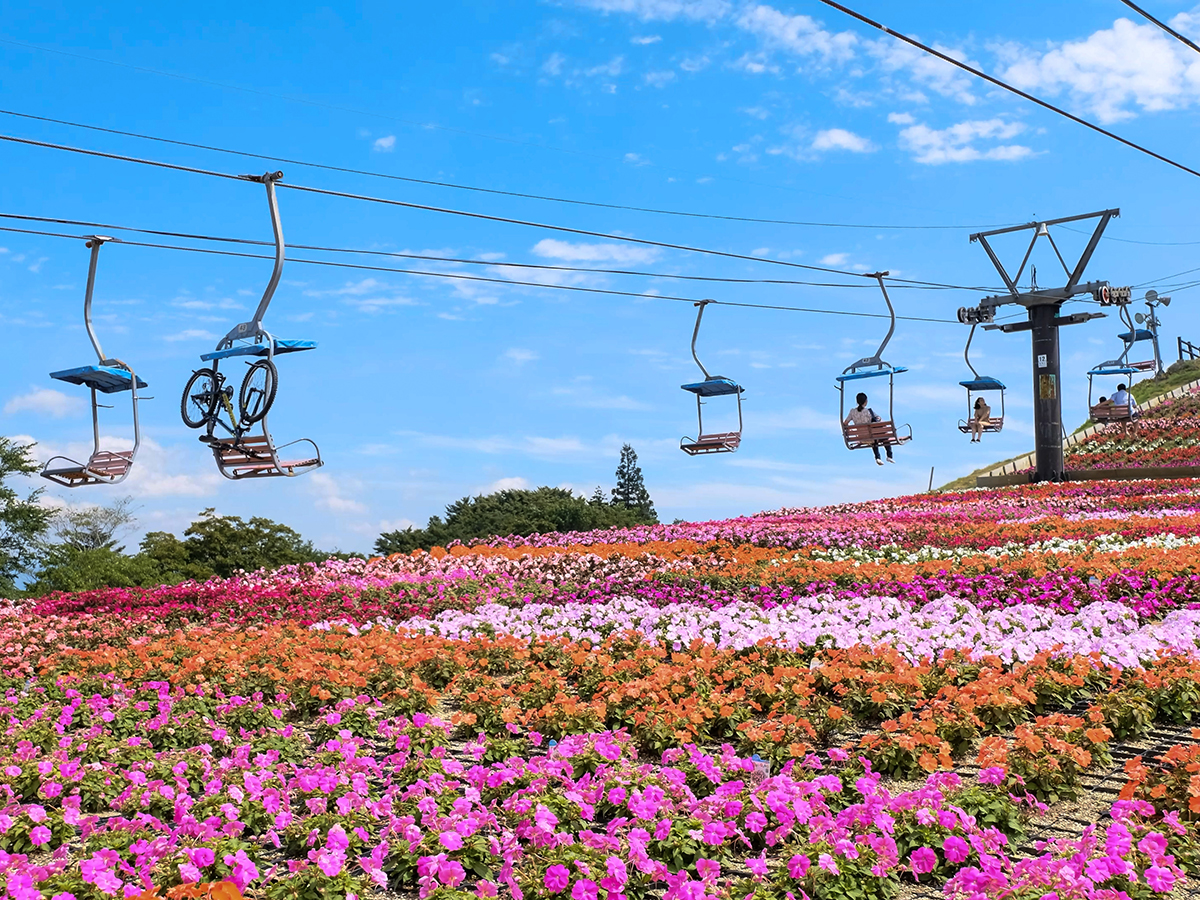
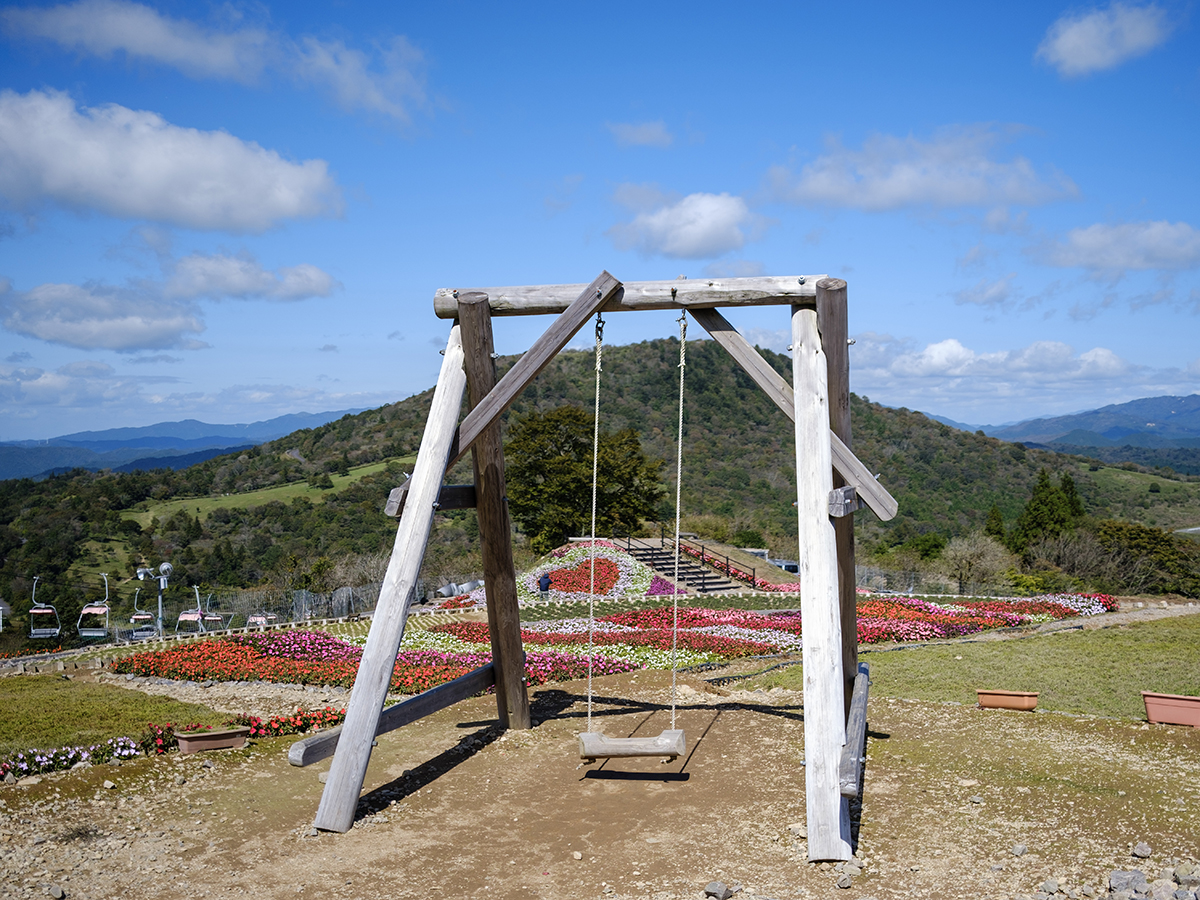
Toyone VillageMt. Chausu Highland
Creeping phlox in the spring, new leaves' green in the summer, fall colors in autumn, and snowscapes in winter
Aichi Prefecture's tallest mountain, Mt. Chausu, lies on the border with Nagano Prefecture and boasts a peak soaring 1,415 meters into the sky. Its mountainous highland is ever so refreshing with idyllic white birch forests, a lake, grasslands, and other natural wonders. It is famous for its creeping phlox from early May to mid-June, but from mid-July to late October, Mt. Hagitaro's Sunpatiens come into bloom and offer an indescribable scene as you ride the ski lift available as means to see it all from above.
Toyokawa Inari (Toyokawa City)
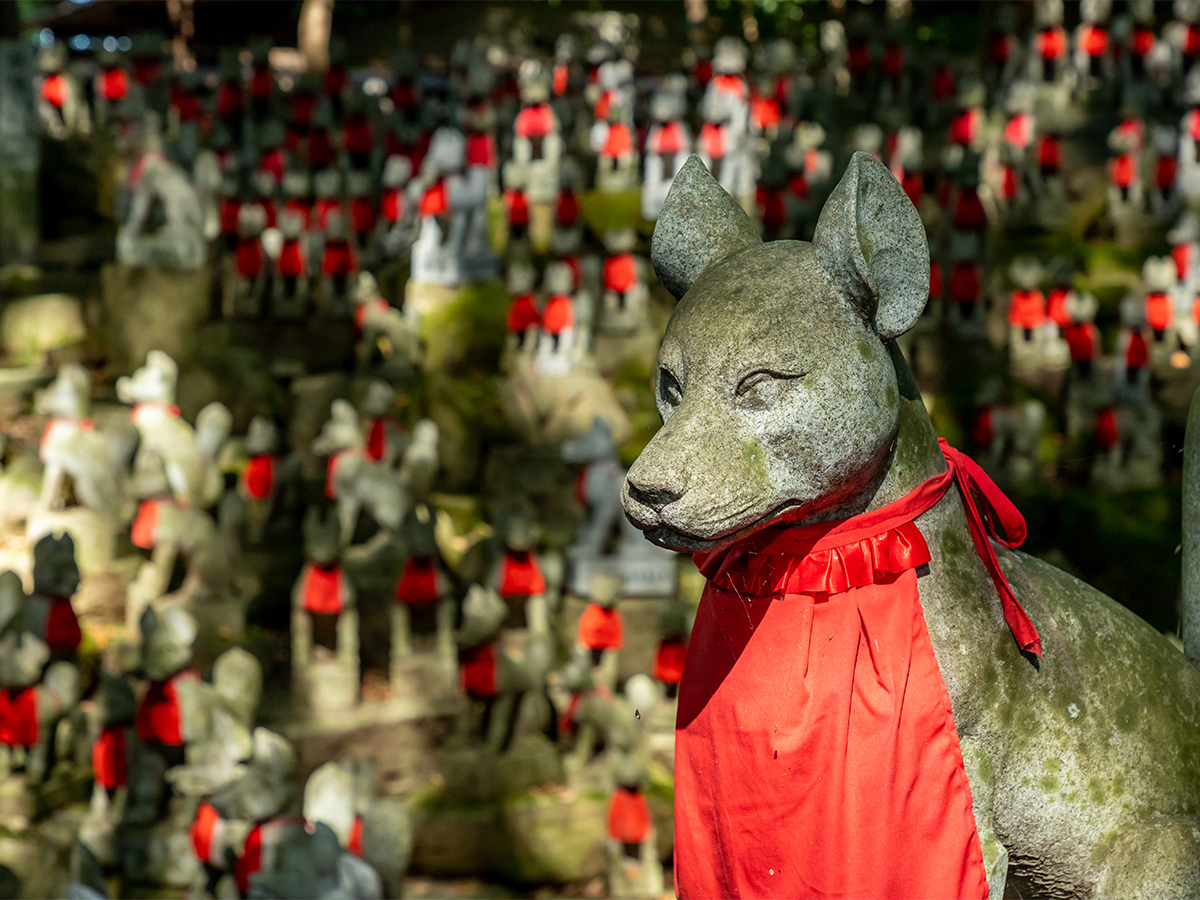
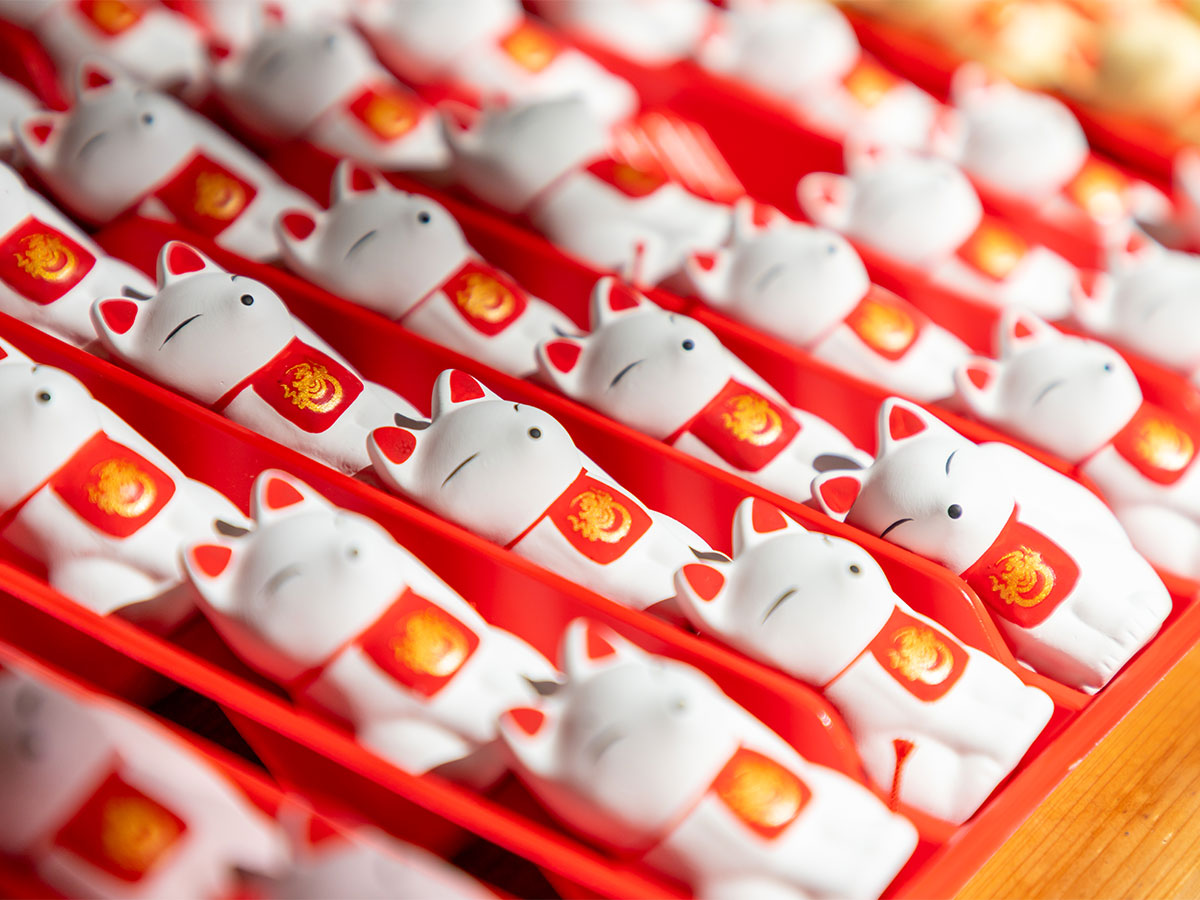
Toyokawa CityToyokawa Inari
Temple of the Fox God
Toyokawa Inari is considered one of Japan’s big three Inari Temples, along with Kyoto’s Fushimi Inari and the Yutoku Inari Temple in Saga Prefecture. Established in 1441, Toyokawa Inari is a paradox; it is both a Sodo sect Buddhist temple as well as a Shinto shrine dedicated to Inari Okami, the god of fertility, rice and agriculture, industry, and worldly success. It is also dedicated to the God of Foxes with literally thousands of stone foxes and carvings located throughout the picturesque 1,272-hectare precincts.
Yakachi River Spider Lilies (Handa City): Late Sep

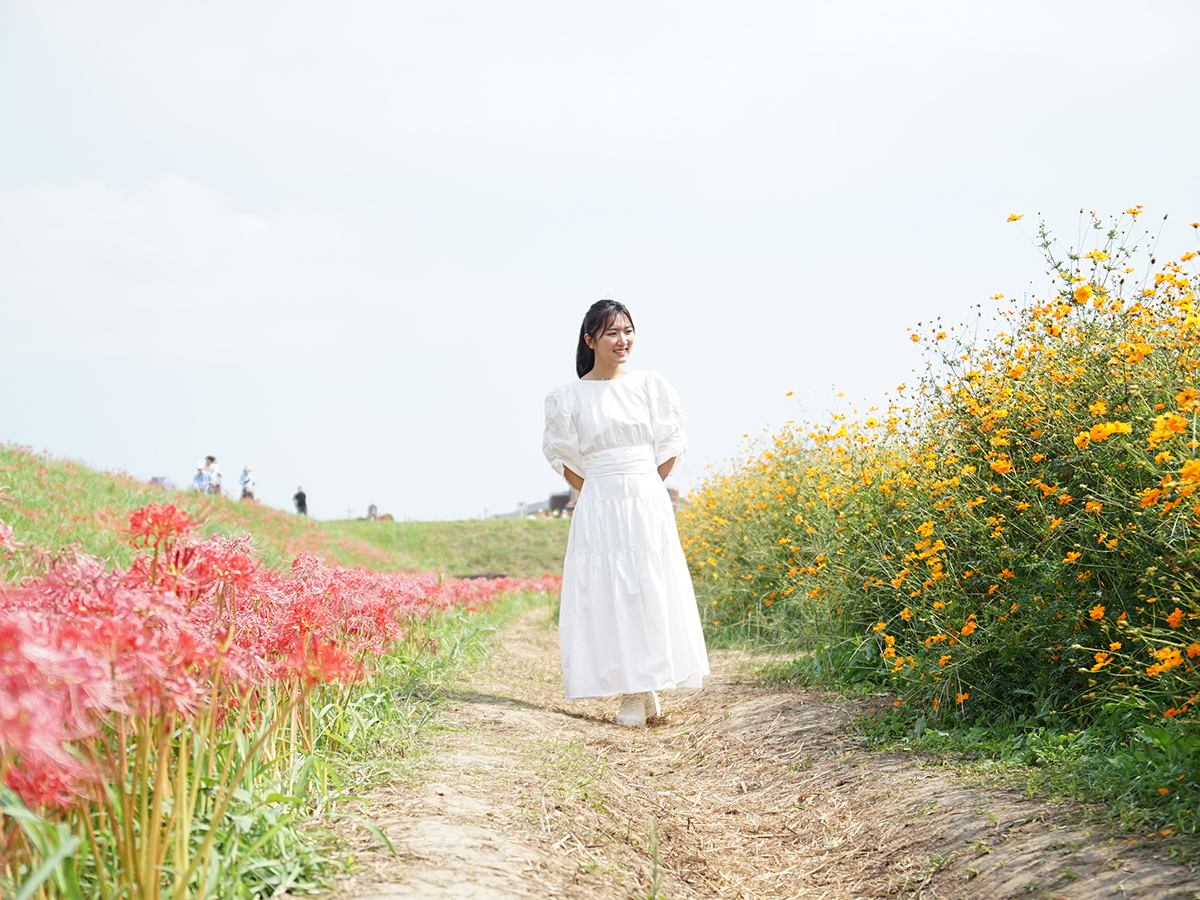
Handa CityGon's Autumn Festival
Enter into the world of famous children's story "Gon, the Little Fox"!
Gon's Autumn Festival attempts to recreate Handa-born children's book writer Nankichi Niimi's famous story "Gon, the Little Fox" at its setting on the Yakachi River. To further illustrate the story's atmosphere, residents even came together to grow three million red spider lilies along the banks.
Tourism Farm Hana Hiroba Sunflower and Cosmos Fields (Minamichita Town): Early Oct–early Nov
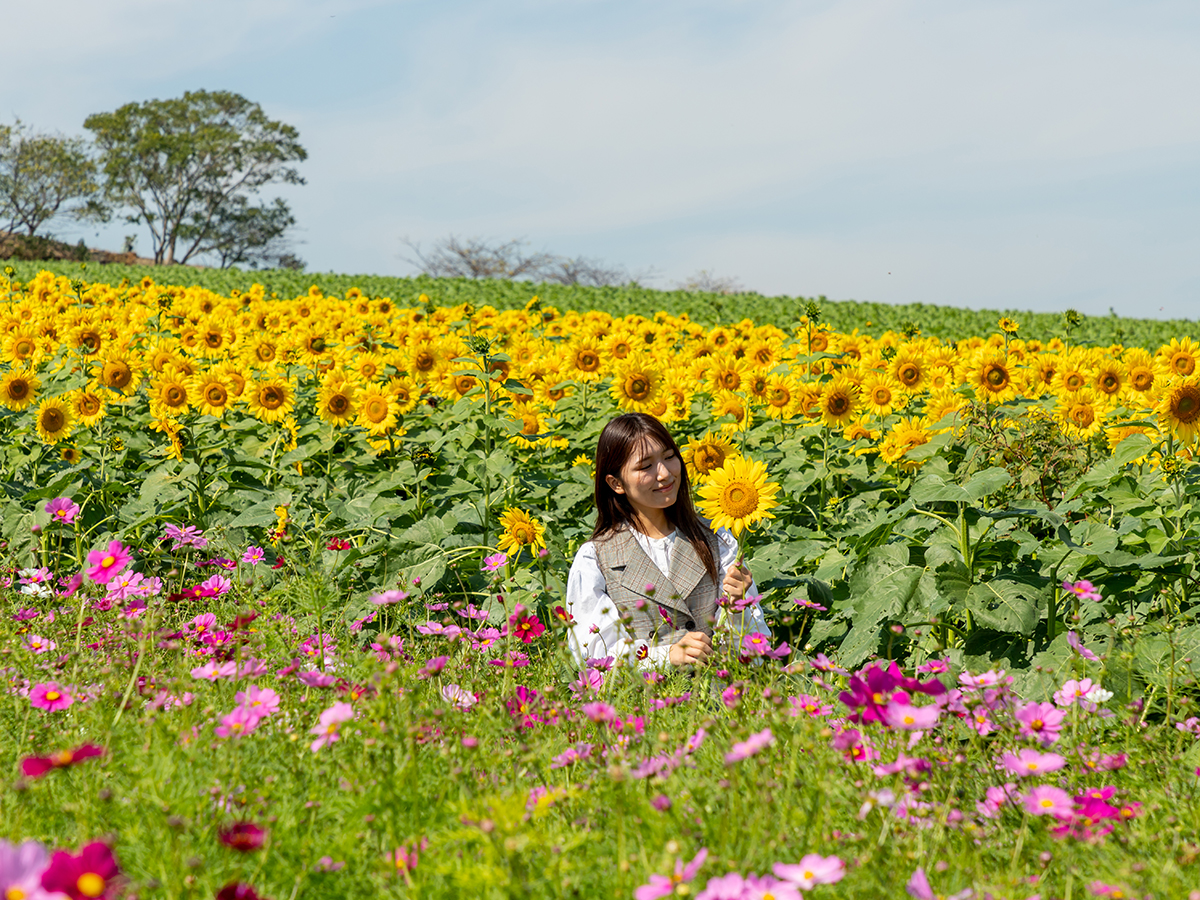
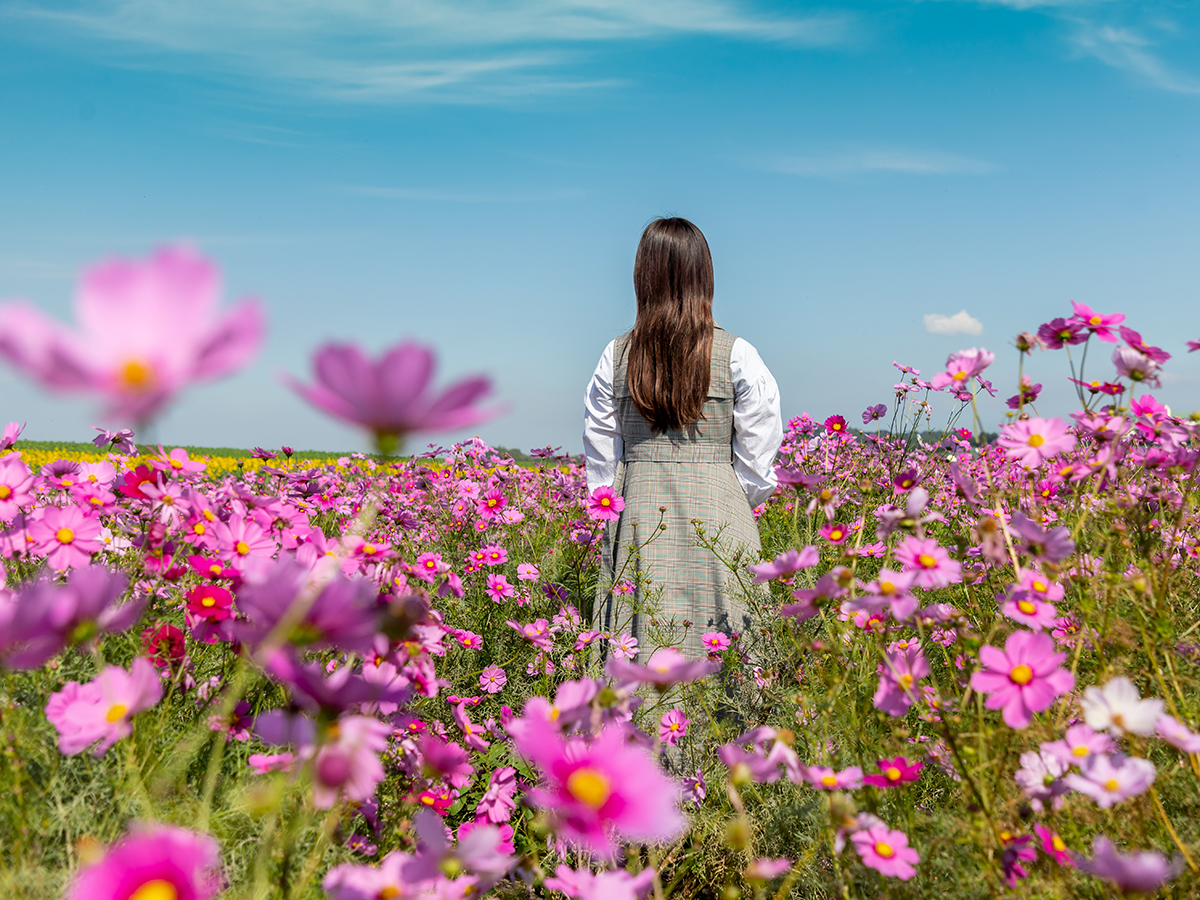
Minamichita TownTourism Farm Hana Hiroba Sunflower and Cosmos Fields
See sunflowers and cosmos blooming in unison each autumn at Tourism Farm Hana Hiroba in the beautiful seaside town of Minamichita. Enjoy the beautiful contrast of pink and yellow flowers.
Nagoya Castle (Nagoya City)

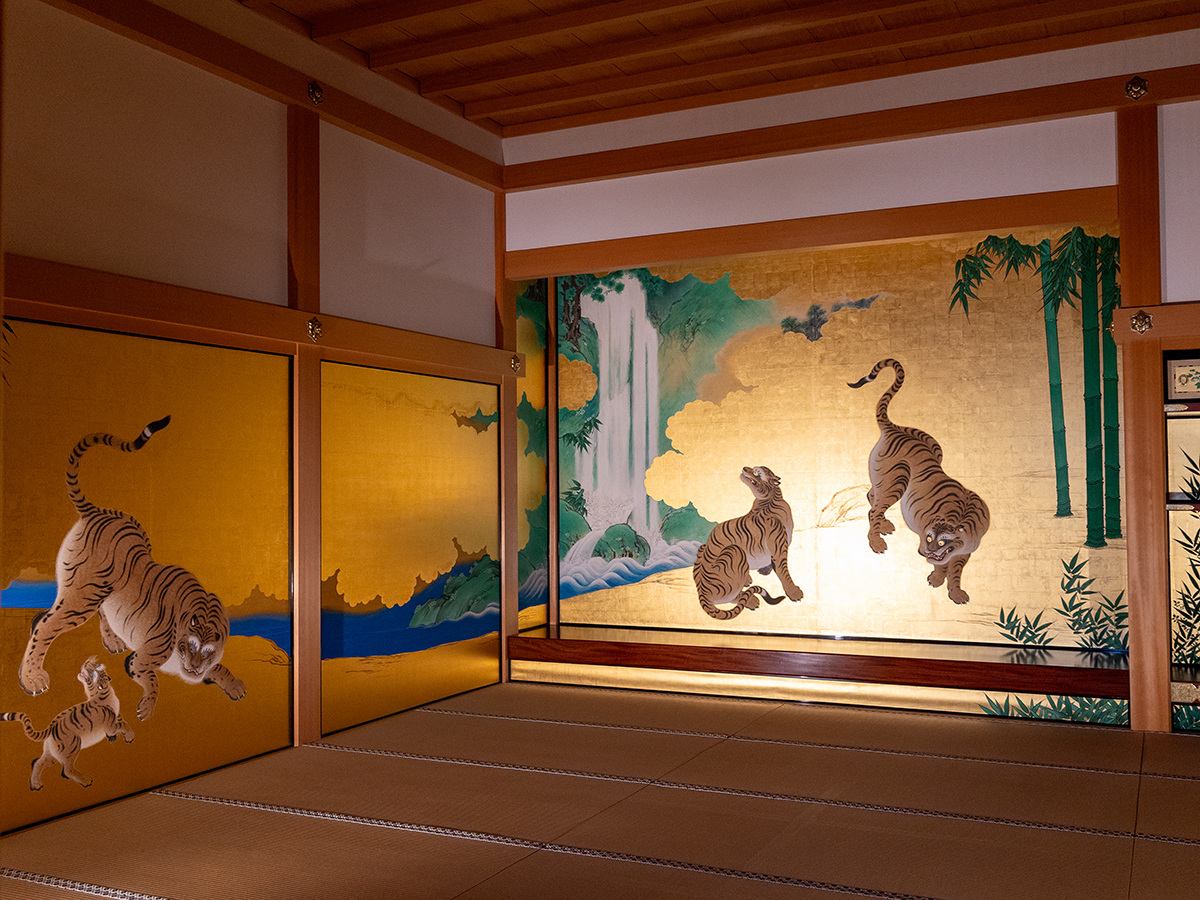
Nagoya CityNagoya Castle and Hommaru Palace
Majestic Nagoya Castle—symbol of the Samurai City
During the Edo period (1603–1868), Nagoya Castle was one of the most impressive castles of the day. Topped with impressive two-meter-tall glittering 18 Karat gold dolphin-like roof ornaments, Nagoya Castle also boasted the nations biggest keep. The recently reconstructed Hommaru Palace too expresses the majesty of Japan's ancient royalty.
Sobue Ginnan Park's Ginkgo Leaves (Inazawa City): Nov
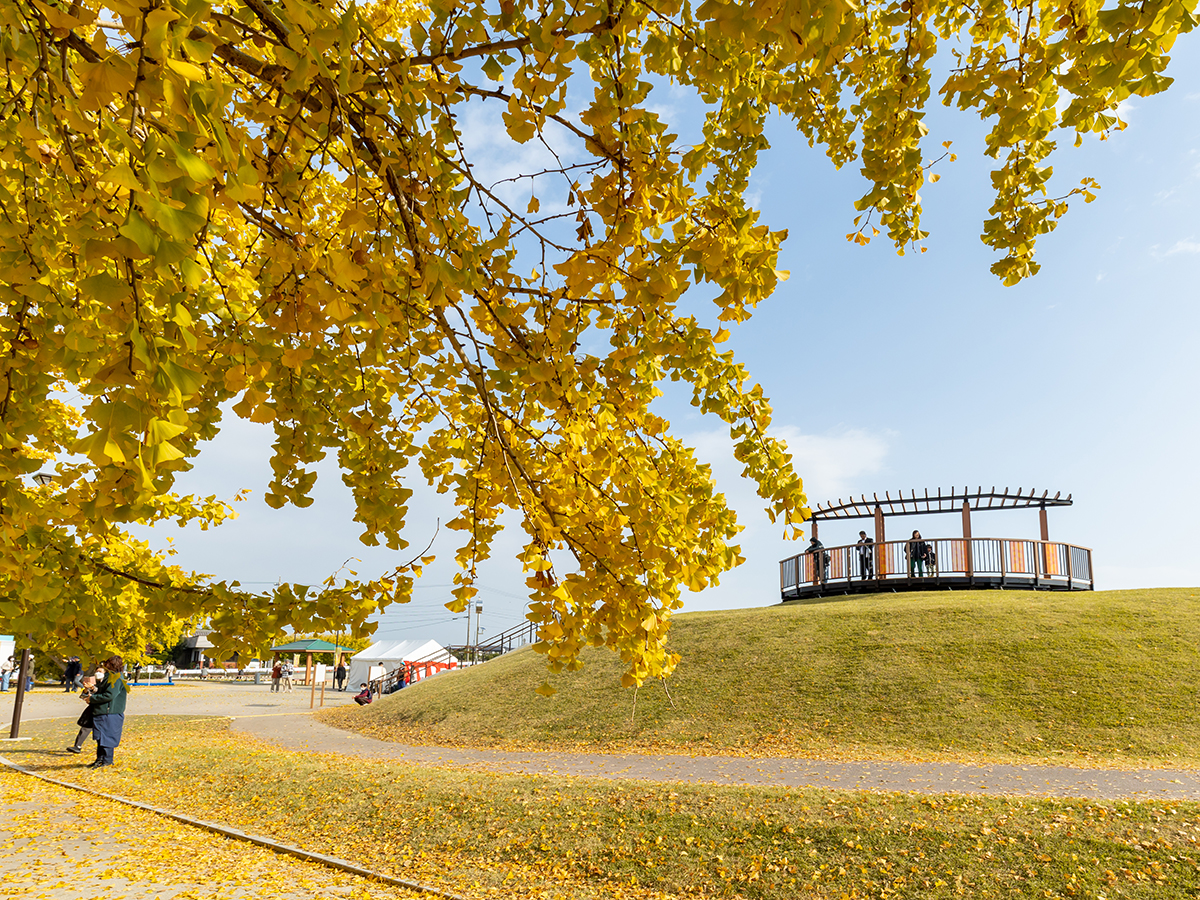
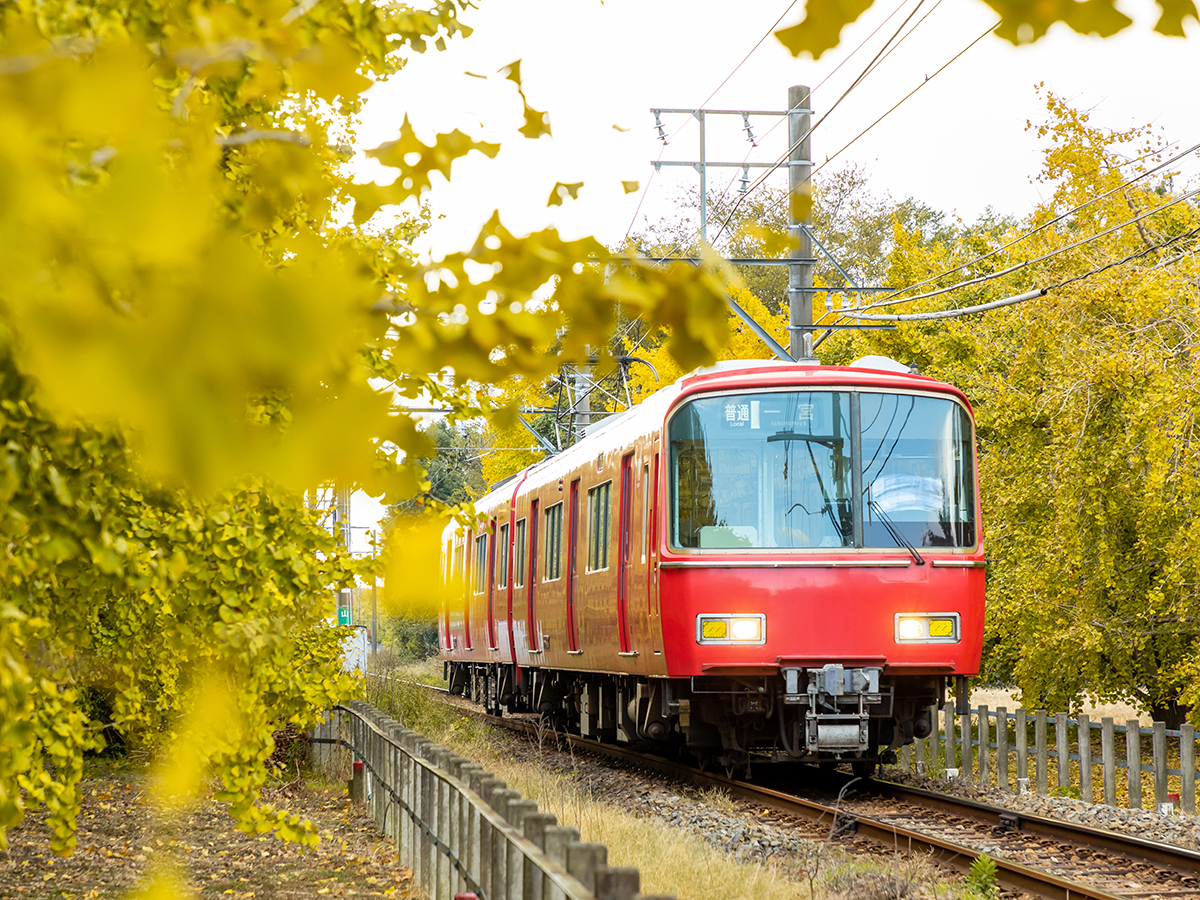
Inazawa CitySobue Ginkgo Leaf Festival
An entire town colored gold with autumn Ginkgo trees
In Inazawa City's town of Sobue, more than 10,000 ginkgo trees color the whole neighborhood gold and create a spectacular scene. The more typical red colors of fall are certainly beautiful, but the golden shades all around town and 200-year-old ginkgo trees at Yusenji Temple and along Meitetsu Yamazaki Station are incredible.
Korankei Gorge Maple Leaves (Toyota City): Nov
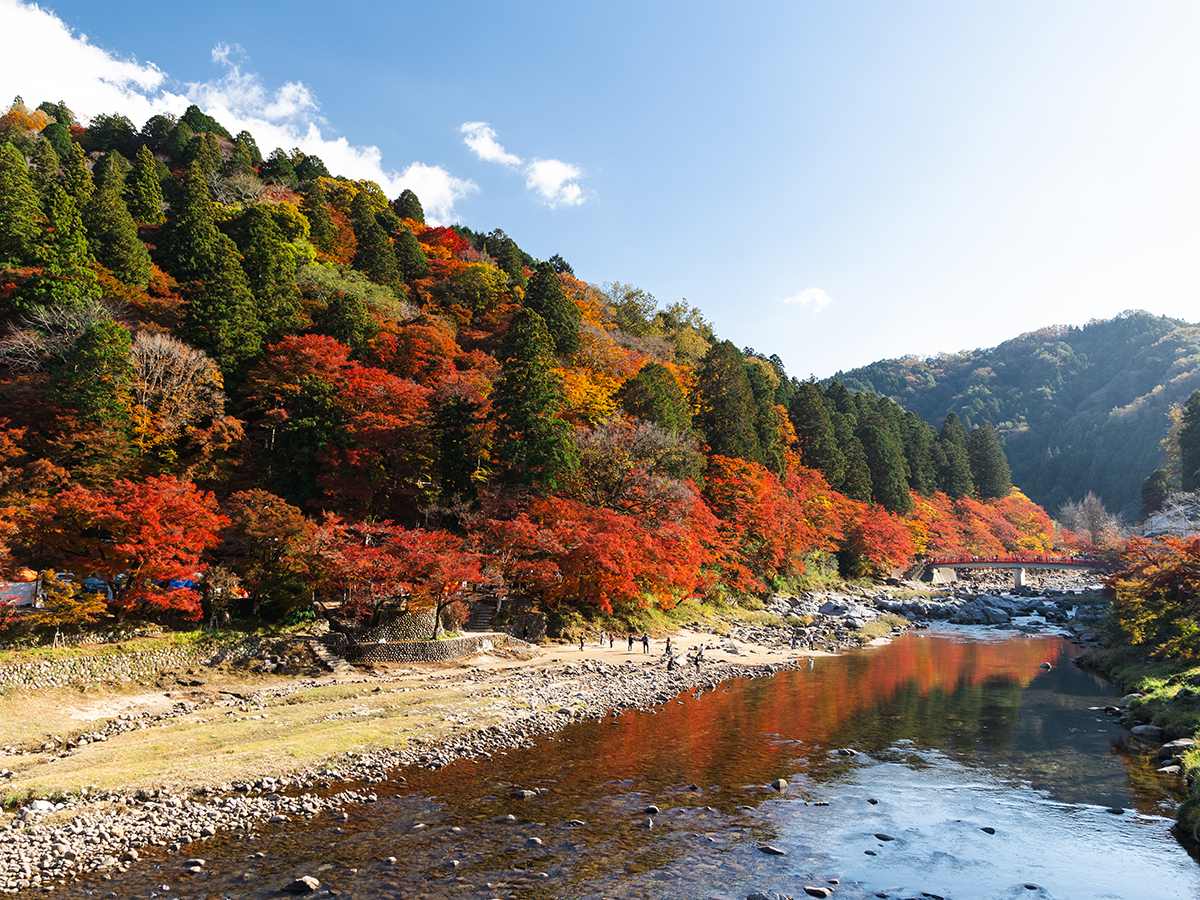
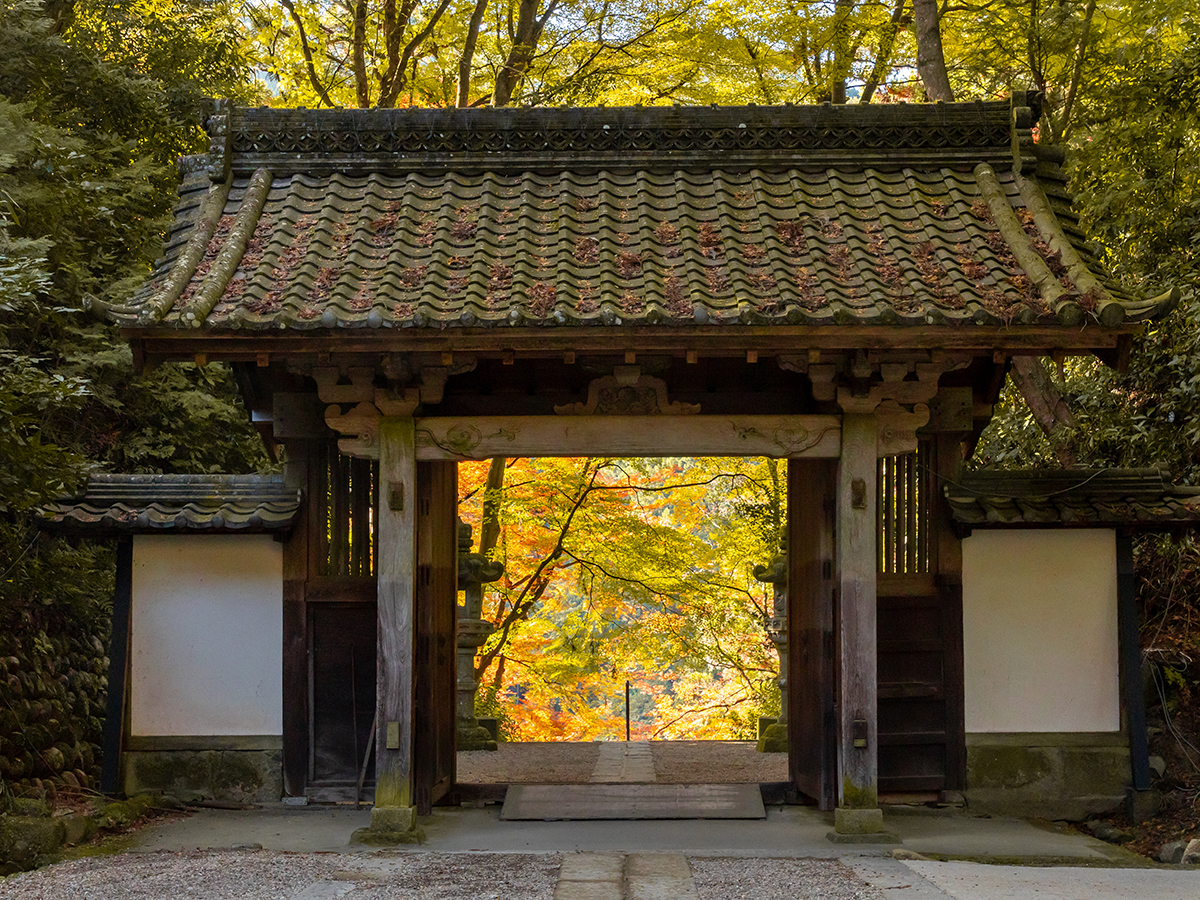
Toyota CityKorankei Gorge Maple Festival
A Japanese maple wonderland
Korankei Gorge is known around Japan as THE place to go and see autumn leaves. Its Maple Festival is held every year in November and lets you gaze upon the stunning beauty of some 4,000 Japanese maple trees during the peak of their autumn colors on Mt. Iimori. Nighttime illumination draws in crowds from far and wide.
Arimatsu Narumi Traditional Townscape (Nagoya City)
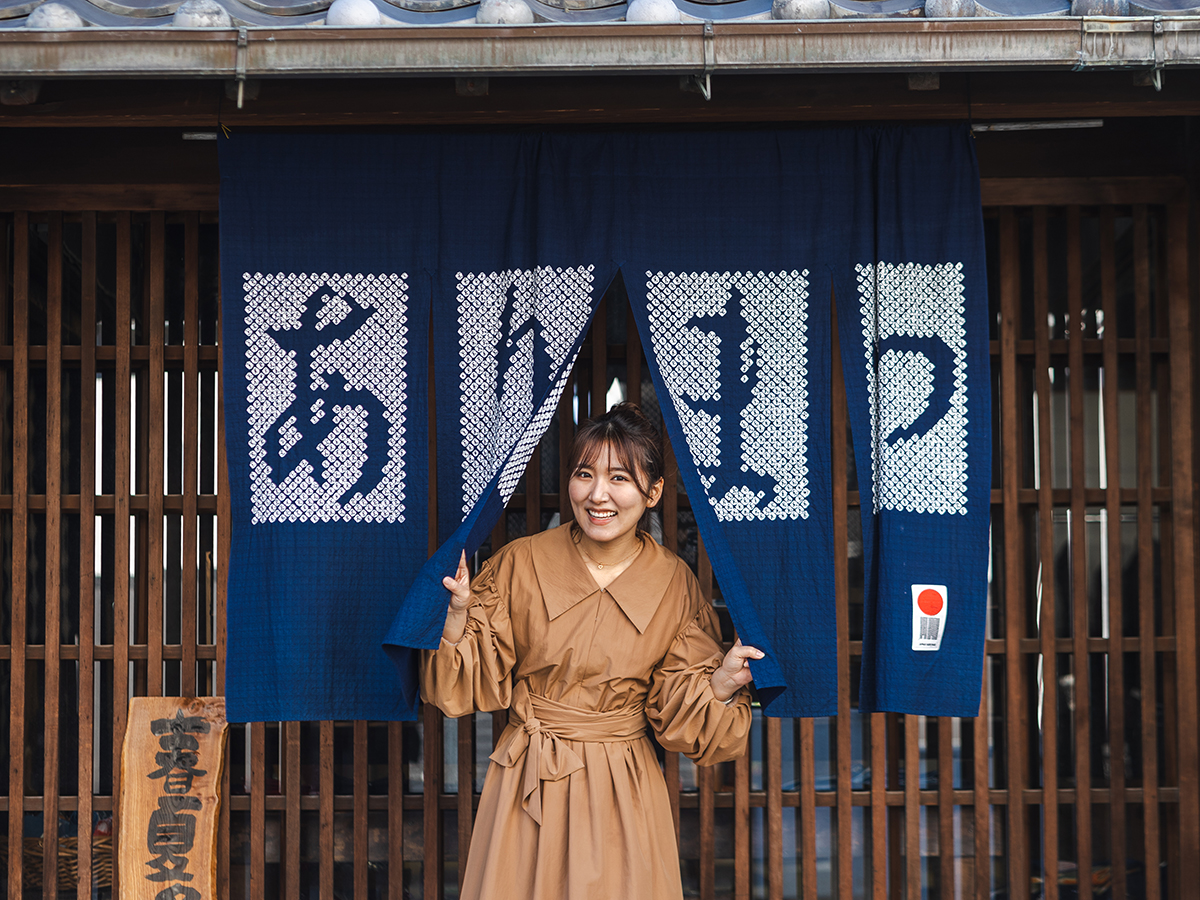
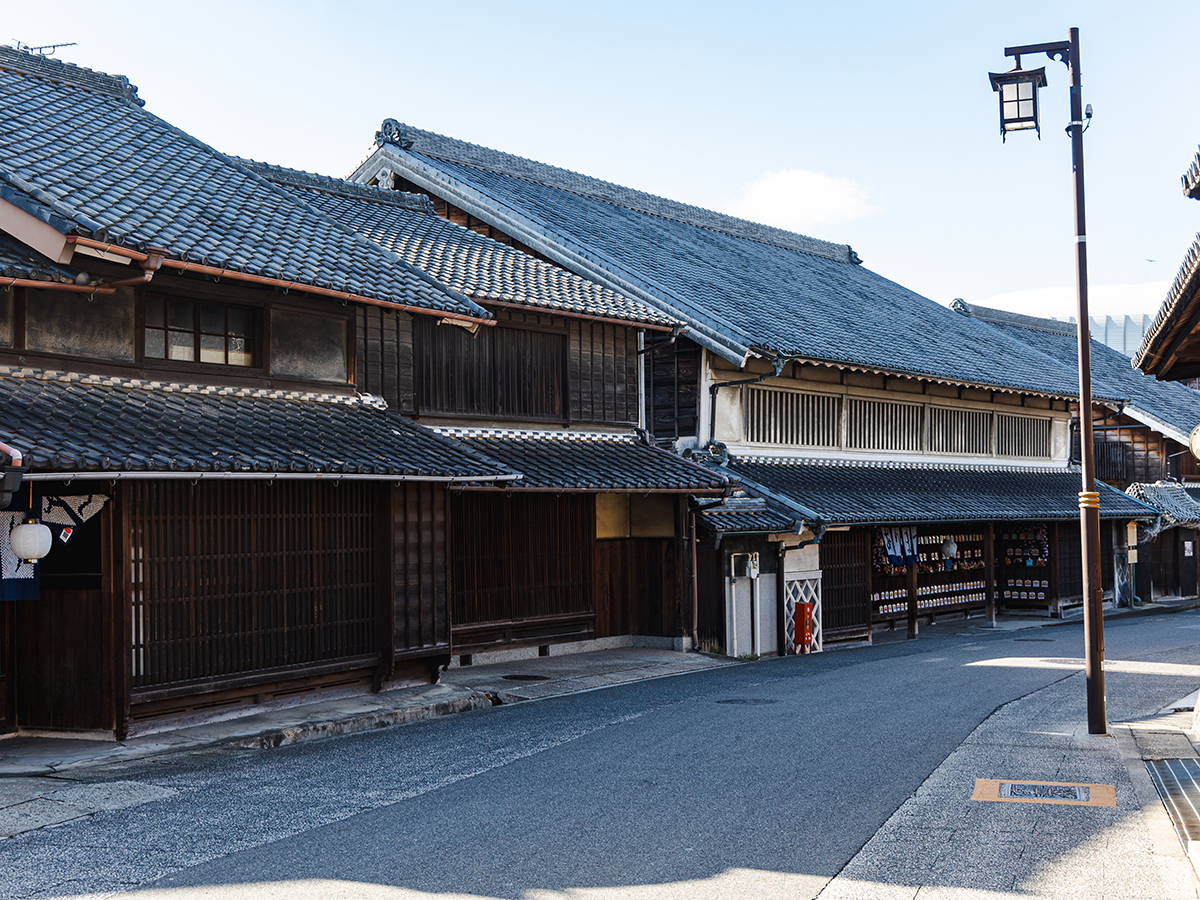
Nagoya CityArimatsu-Narumi Tie-Dyeing Museum / Arimatsu Narumi Traditional Townscape
Arimatsu and Narumi: traditional towns of traditional tie-dyed textiles
In the southeastern suburbs of Nagoya is Arimatsu, a small town that seems to have been caught in a time slip. Old houses, shops, and warehouses from the samurai period line a narrow street that was once the great Tokai Road—an ancient highway linking Kyoto and Edo.
Inabu Icefall (Toyota City): Jan–Feb
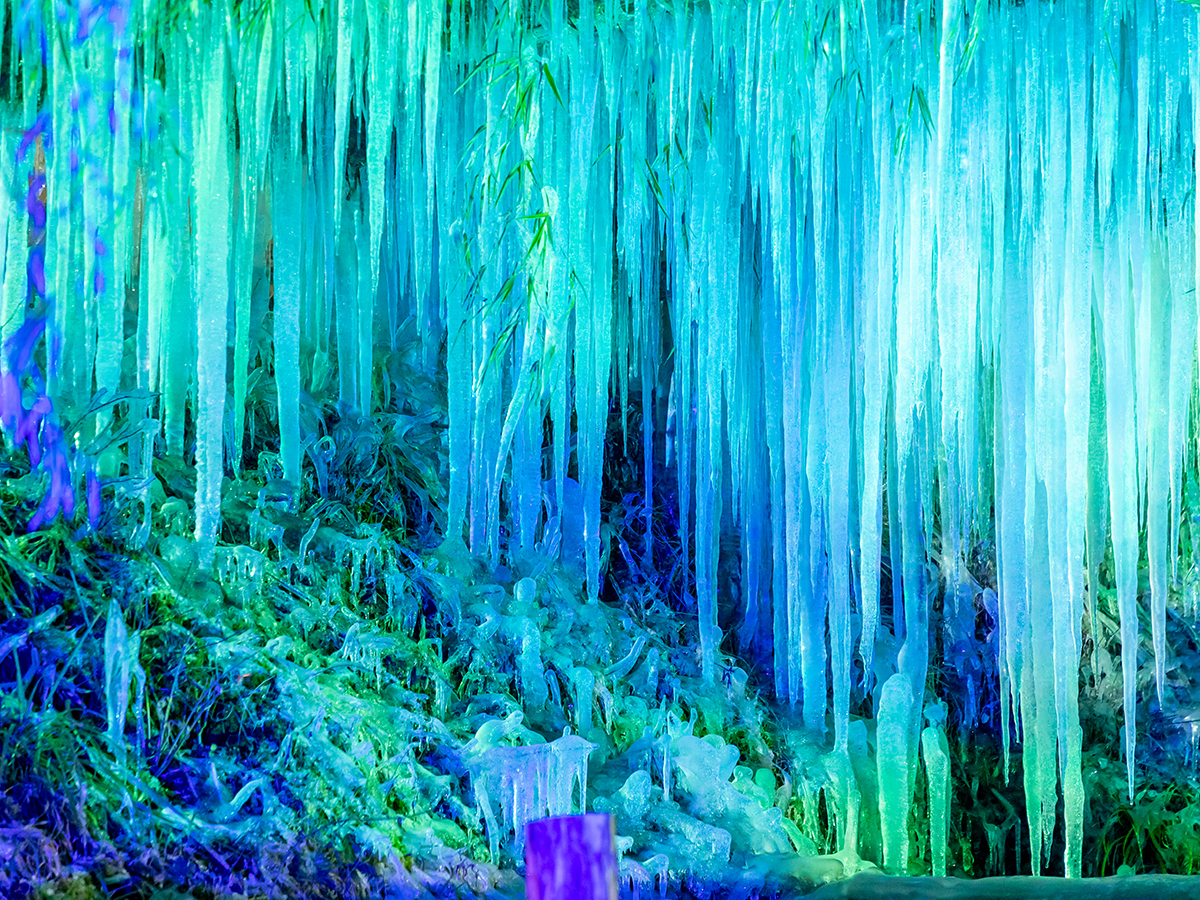
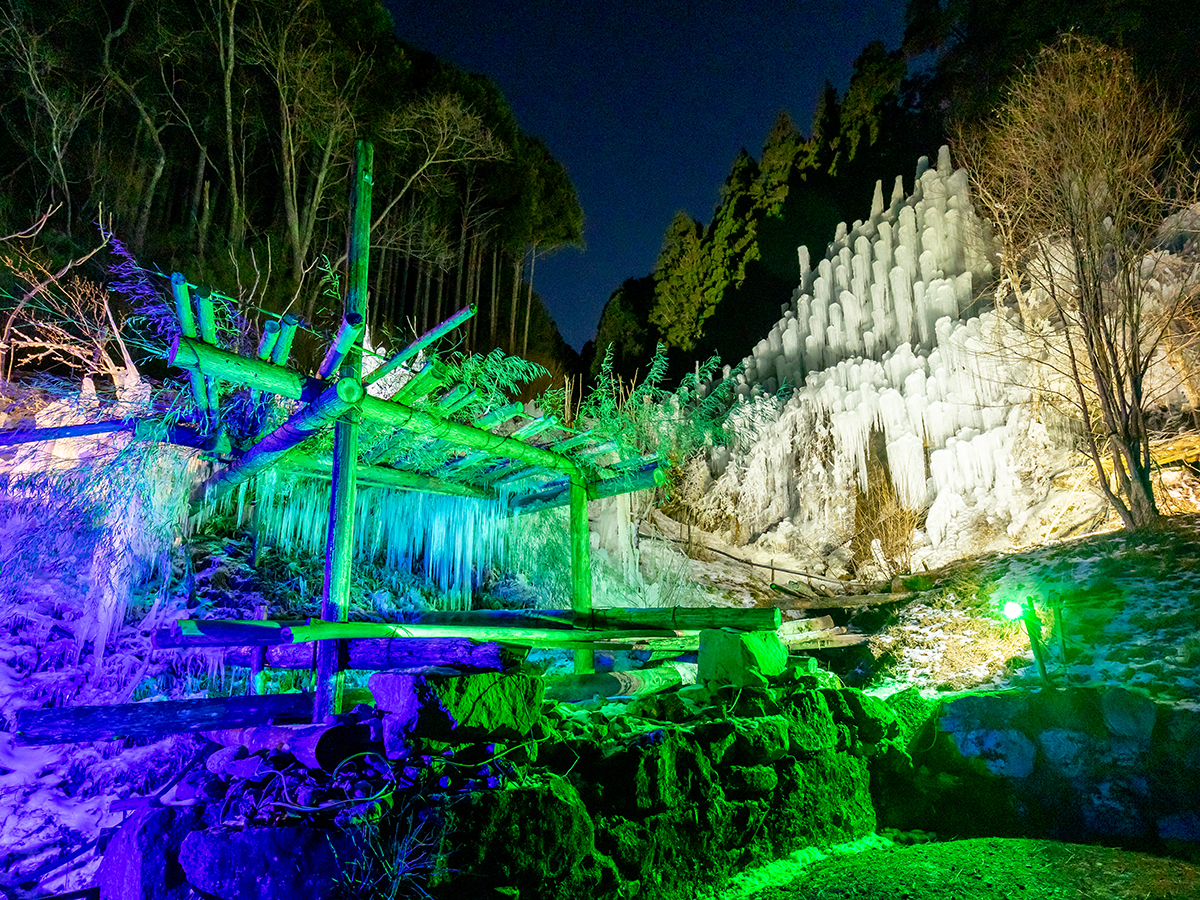
Toyota CityInabu Icefall
An icefall pours over the Yusui space
Once winter comes to the Inabu area in Toyota City, the local Yusui Park experiences an icefall down its slopes. Scaffolding is built up on the mountain face near Oidaira Park, over which water is poured every day in freezing temperatures to create this phenomenon, which changes day by day. The spectacle is lit up for a surreal scene as the icefall pops amid the night sky.

























